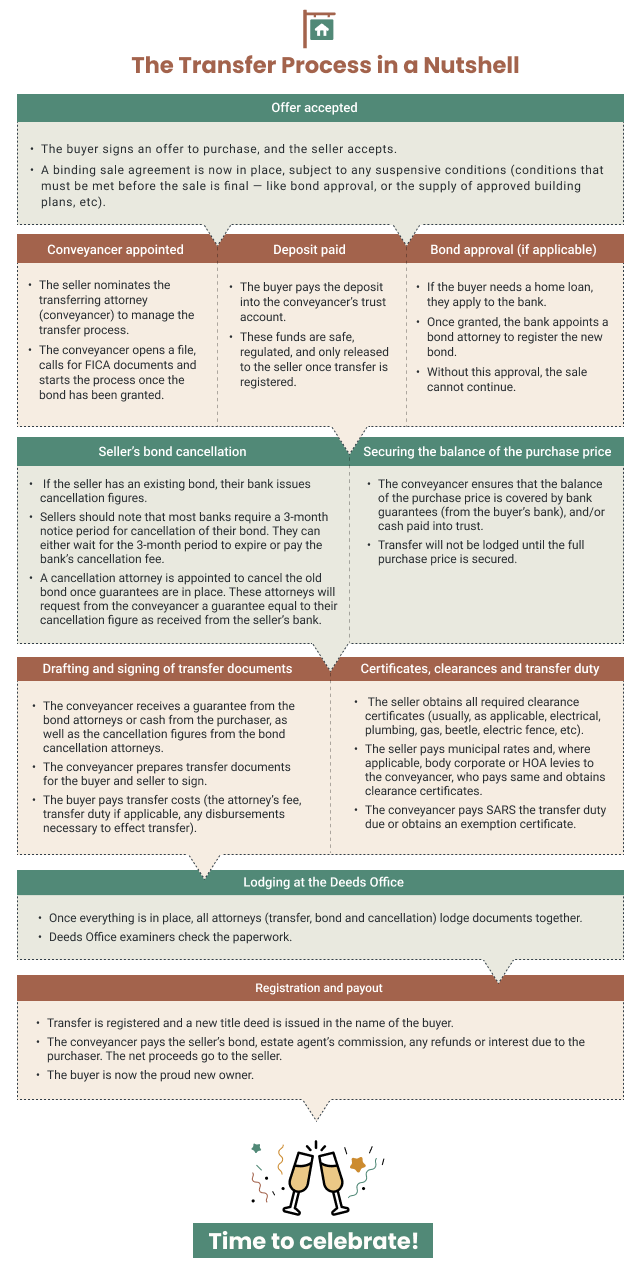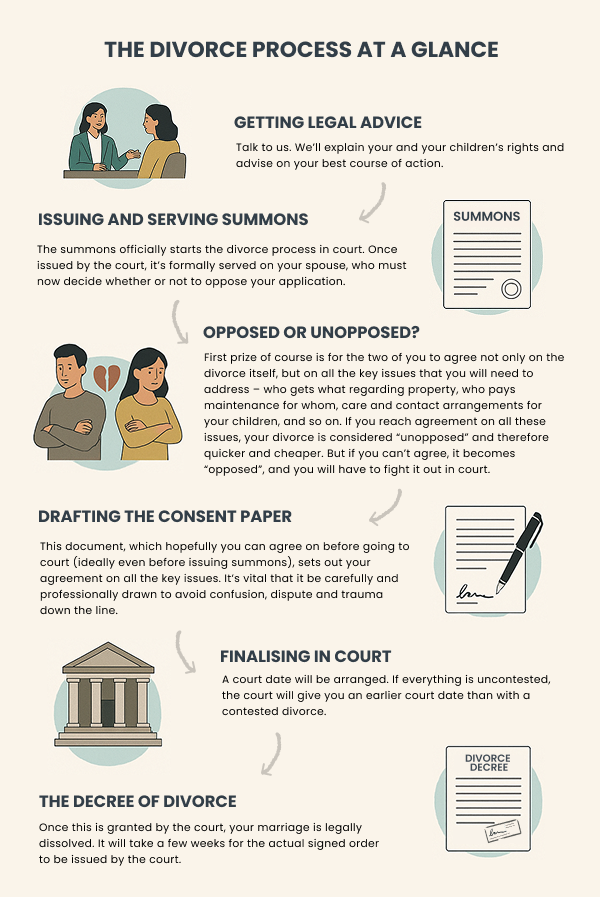“Dance like no one is watching, but text, post, and email like it will be read in court one day.” (Anon)
When can the target of rude comments and insults on a community Facebook group sue?
The High Court recently grappled with a community debate over free-roaming jackals that turned sour.
The golf estate and the Facebook group
The scene here is one of Sandton’s large and secure golf estates, whose closed Facebook group, aimed at fostering community spirit, reaches some 1,800 residents.
Jackals roaming freely on the estate were at the heart of this dispute, with residents split into two opposing camps.
- In one camp, those believing that all wildlife in the estate should be left alone – including the jackals.
- In the other camp, those arguing that, as well as being predators dangerous to other animals (including domestic pets), jackals are carriers of rabies. Presumably this group advocates some form of control measure, no doubt an emotive topic.
Cat pics and Karen insults
The online debate between the two sides began civilly enough, but that changed with a series of posts by a prominent supporter of the “hands-off-the-jackals” lobby. In criticising the other camp, she targeted one of them by name. Stung, the recipient of what she perceived as insulting and defamatory attacks, demanded that her opponent remove the posts and apologise to her.
Central to the outcome of this case are the posts themselves. They included an image of a cat in a spiked vest (with the comment “maybe this will help the cats”), suggestions that the target of the posts shouldn’t be living in Africa, that she had published false information on the group, and that she was “stupid” and a “stupid keyboard muppet”. She read further posts as referring to her as a “B” (she took this to mean “bitch”) and as caricaturing her as a dog (with a bob haircut like hers) and as a “Karen”.
Off to court with a two-pronged attack
As a professional (actually a business rescue practitioner), the complainant wasn’t prepared to take any of that lying down. Offended by the poster’s refusal to retract, she sued her in the Magistrate’s Court for damages of R250,000, asking also for orders to remove the posts and apologise publicly for them.
She lost, appealed to the High Court and lost again. Why?
It’s important to note firstly that she had launched a two-pronged legal attack, enabling her to prove a valid claim for either or both of actionable insult (where offending statements injure your dignity or self-worth) and defamation (where they damage your reputation). To win, she needed to show either that the statements referred to her and were defamatory of her, or that they were wrongful and hurt her dignity.
Her failure to convince the Court that she had a case was partly because she hadn’t been able to prove all the facts needed to establish a case. But it was also rooted in two principles which anyone engaging in public debate (online or otherwise), and anyone thinking that an insult is perfectly fine if it’s structured as a “joke” or “jest”, needs to take note of.
Let’s have a look at each principle.
Public debate is not for sissies
The Court: “The law expects those who take part in public discourse to do so with a degree of pliancy and robustness. A subjectively hurtful remark is not wrongful unless a reasonable person in the plaintiff’s position would take exception to it.”
More particularly, this being a closed group of neighbours in a security complex: “Those who engage in online debate about matters of mutual interest between neighbours ought reasonably to foresee that the criticism they sustain may be tart and, at times, discourteous.”
In this case, while some of the posts were definitely rude and hurtful, no reasonable person would have thought that they had tarnished their target’s reputation. Rather, readers would have thought less of the poster “because she was unable to keep to civil terms of debate.”
Everything said in jest?
Some, but certainly not all, “jokes” are safely posted. The poster of this “cat in spikes” picture said it was just a light-hearted joke, and the Court agreed. A joke can certainly be defamatory if it’s a deliberate attack on the target’s reputation – but in this context, it was just “a satire of the entire debate between the parties.” It wasn’t, said the Court, “of the defamatory kind”.
Turning to what appears to have been another attempt at a joke in the form of the dog caricature and “Karen” reference, what saved the poster here was the lack of proof that this was actually aimed at the claimant. Had it been, calling her a “Karen” (“a privileged, entitled woman with a thin skin and a quick temper”) would have opened her up to ridicule and “would probably have been defamatory”.
There’s a fine line or two there. Call us before posting if you aren’t sure that you’re on solid ground!
Disclaimer: The information provided herein should not be used or relied on as professional advice. No liability can be accepted for any errors or omissions nor for any loss or damage arising from reliance upon any information herein. Always contact us for specific and detailed advice.
© LawDotNews













